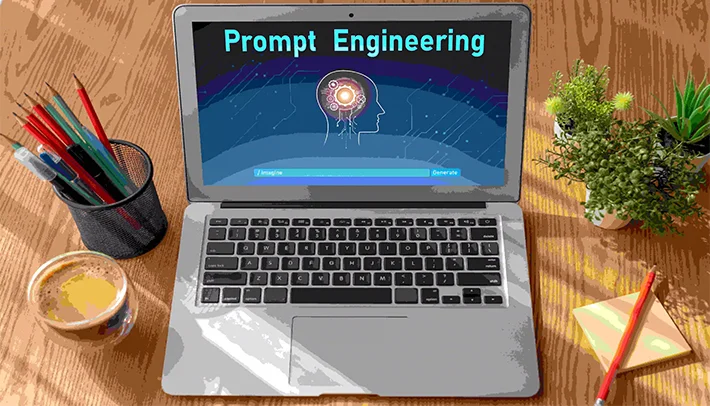How to Build a Strong Engineering Portfolio in College: Your Blueprint to Landing That Dream Job

Hey, future engineers! If you're getting through lectures, labs, and problem sets, you realize that good technical skills are crucial. But here's something you might not know: recruiters and hiring managers don't solely consider your GPA or class rank. They are looking for evidence that you can actually execute what you know. That's where your engineering portfolio enters the picture — your own project set, your skill display, your career launching platform.
Consider your portfolio as the beta version you develop prior to the final product. It demonstrates your skills, creativity, and preparation for tackling actual problems. Now, how do you produce a portfolio that gets noticed? Let's dissect.
Step 1: Know the Purpose — What's the Goal of Your Portfolio?
Before you begin, consider what you intend your portfolio to accomplish:
- Are you shooting for internships, co-op opportunities, or permanent positions?
- What area of engineering are you specializing in — mechanical, electrical, software, civil, or something else?
- Who is going to be viewing your portfolio — hiring managers, instructors, or peers?
Knowing this assists you in customizing your portfolio so that it shows the most important skills and experiences.
Step 2: Compile Your Work — Assemble Your Projects and Successes
Your portfolio is your body of work. Here's what to put in:
Projects
This is your portfolio's centrepiece. Add school assignments, personal assignments, competition entries, or freelance projects. Highlight projects that:
- Solve actual problems
- Demonstrate your technical abilities (coding, design, simulations)
- Require teamwork or leadership
- Have tangible results or prototypes
For each project, describe it briefly: the problem solved, your role, tools or methods employed, challenges encountered, and outcomes.
Code or Designs
If you work with software or embedded systems, post links to your GitHub or code snippets. For mechanical or civil work, post drawings, simulation images, or photographs of your prototypes.
Resume or CV
Add a current resume that outlines your education, experience, internships, and activities.
Certifications and Courses
Insert any certifications or courses that enhance your profile, such as AutoCAD or online coding courses.
Step 3: Organize Your Portfolio — Make It Easy to Navigate
Think of your portfolio like a clear, well-organized report. Keep it simple and easy to read:
- Start with a short introduction about yourself and your goals
- Divide your work into sections like Projects, Skills, Experience, Education, and Certifications
- Use clear titles and summaries so readers can quickly find what they want
- Add pictures, diagrams, or screenshots to make your projects stand out
- Keep descriptions short and focused on what matters most
Step 4: Choose the Right Format — Paper, Website, or Both?
In modern times, an online portfolio tends to make the greatest impression. Here are some choices:
- Personal Website: Employ tools such as GitHub Pages, Wix, or WordPress to build a neat, professional website where you can include videos or downloadable items.
- PDF Portfolio: Ideal for email attachment or carrying to interviews. Ensure that it is well designed and phone-friendly.
- LinkedIn and GitHub: Update your LinkedIn profile with your projects and connect your GitHub to display your coding work.
Step 5: Test and Improve — Get Feedback
Carefully proofread. No grammar or spelling errors. Clear communication is as important as technical proficiency.
Seek feedback from professors, friends, or industry professionals. They can assist in identifying what is missing or unclear.
Update your portfolio as you gain new skills and completely new projects.
Step 6: Demonstrate Your Soft Skills and Problem Solving
Engineering is not solely about math and coding. Demonstrate your teamwork, communication, leadership, and creativity:
- Describe brief anecdotes of how you resolved problems or overcame obstacles
- Include leadership tasks or teamwork
- Emphasize your learning and problem-solving strategy
Bonus Tips: Power Up Your Portfolio
- Add a "Lessons Learned" section in which you discuss what you learned from challenging experiences
- Add a brief "About Me" video or blog entry on your path to engineering
- Display passion projects — side work demonstrates interest and ambition outside of class
Conclusion: Your Portfolio Is Your Prototype for Success
You create a powerful engineering portfolio with planning, effort, and regular updates. It's your opportunity to demonstrate you're not just a student — you're a problem solver ready to make your mark.
Start building your portfolio today and continue to enhance it as you develop. Before long, you'll have a valuable tool that leads to the engineering career you desire.